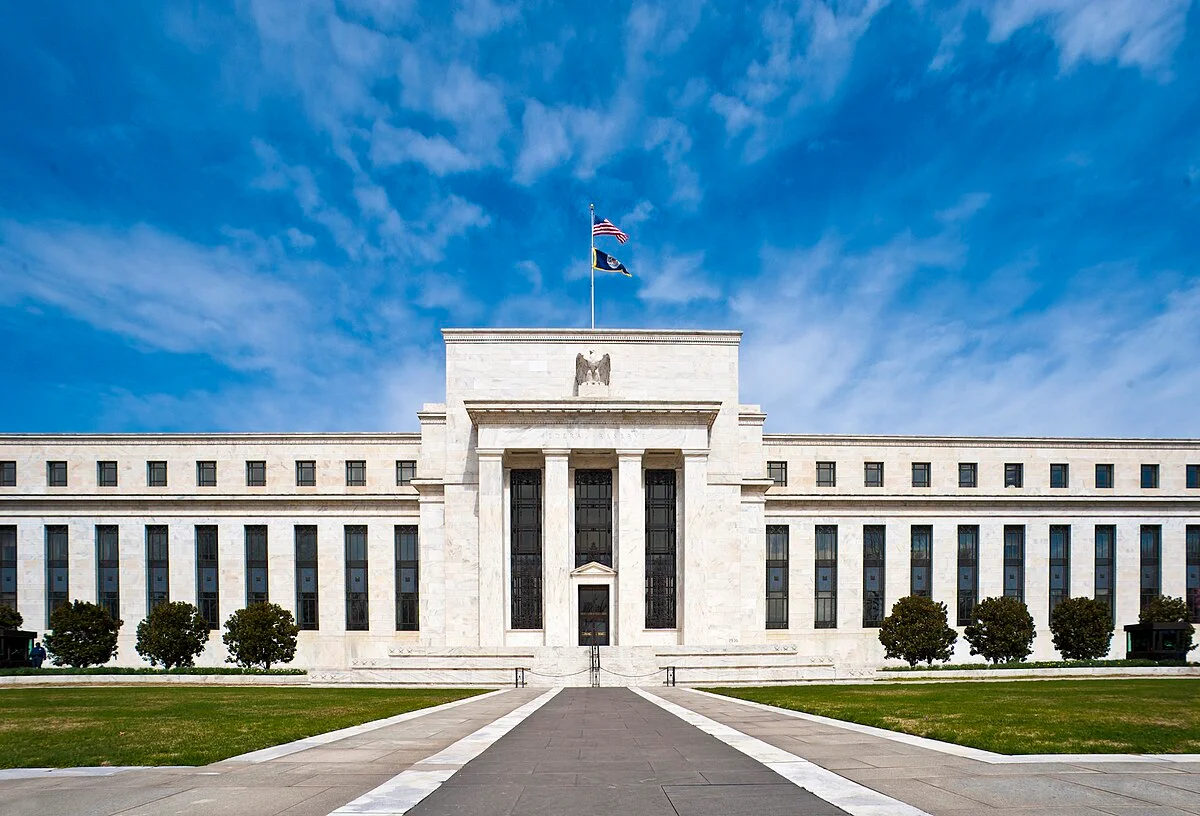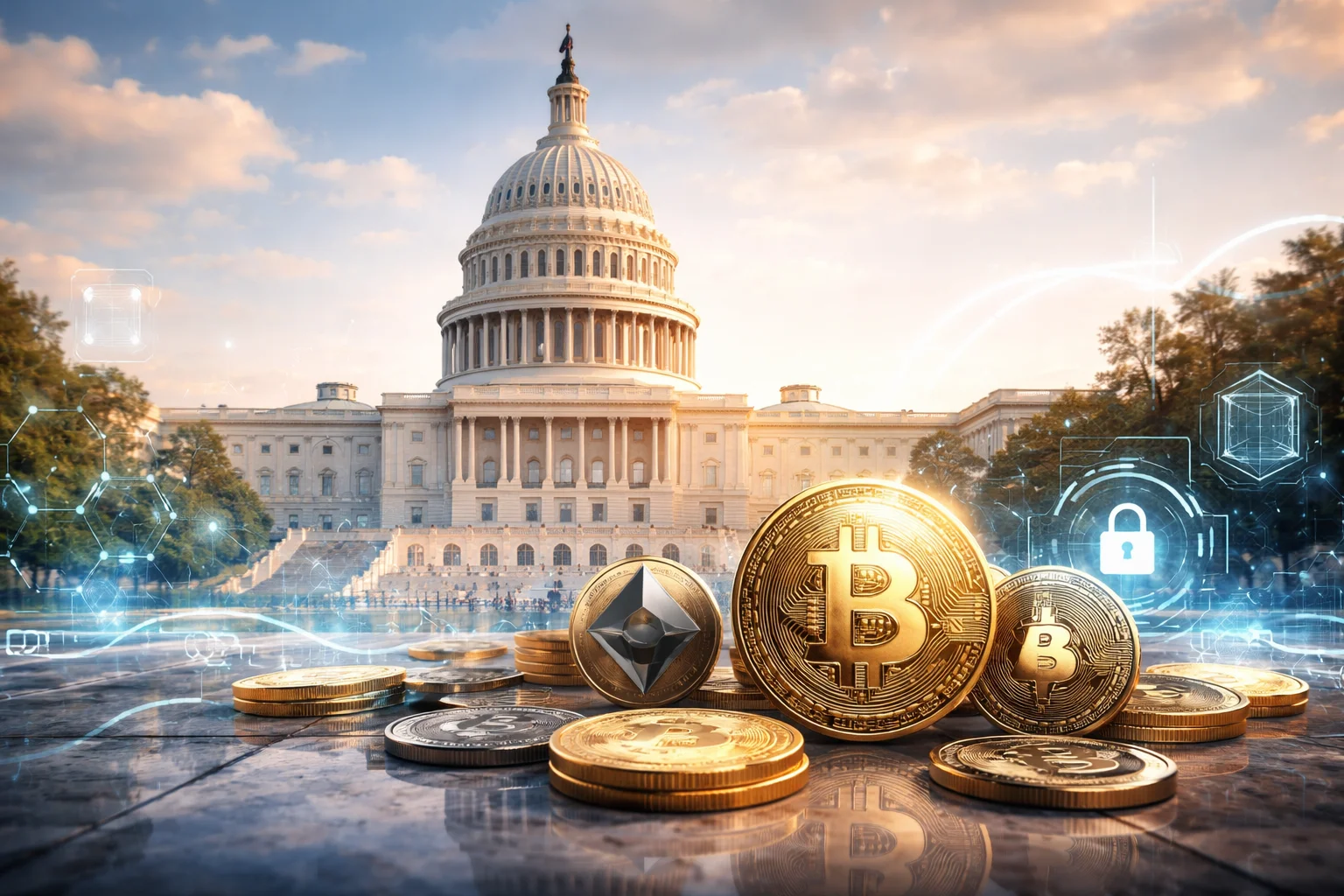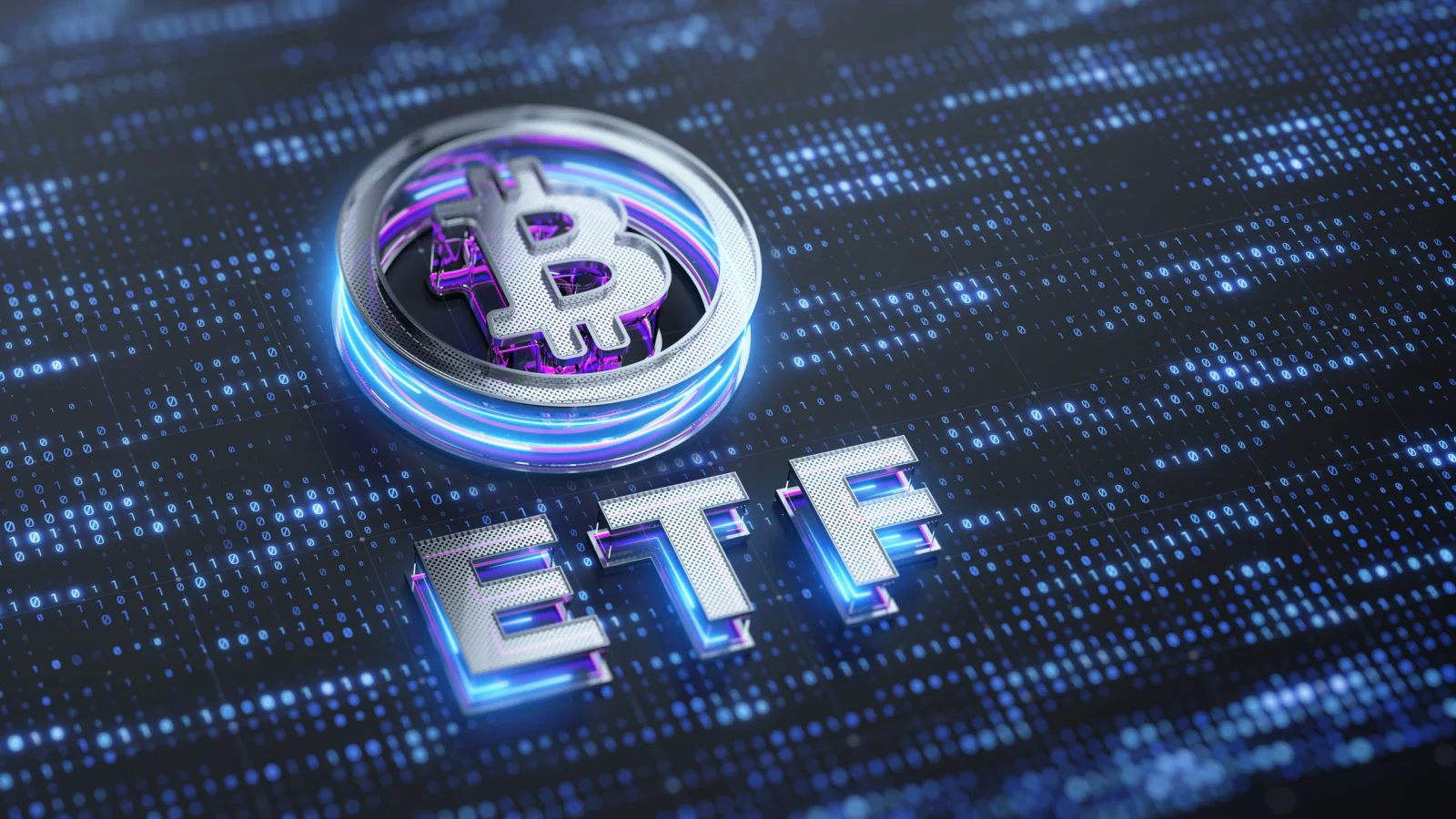As the influence of institutional players in the cryptocurrency market increases, a new step from Ripple could change the balance in the sector. Bank of New York Mellon (BNY Mellon), the oldest bank in the US, has been chosen as the primary custodian of the reserve assets of Ripple's US dollar-backed stablecoin RLUSD.
Ripple chooses BNY Mellon
Ripple officially joined the US-based stablecoin race by launching RLUSD in December 2024. In this context, Ripple applied for a national bank license in the US and a master account from the Federal Reserve. BNY Mellon's role in the custody of RLUSD reserves not only provides Ripple with institutional credibility, but also offers significant advantages in meeting regulatory requirements. Emily Portney, the bank's global asset services manager, said, “As BNY, we are committed to providing end-to-end differentiated solutions in the crypto asset ecosystem. Our collaboration with Ripple reflects our belief in the future of finance.” The Ripple-BNY Mellon partnership is part of a period dubbed the “summer of stablecoins” by CNBC. During this period, major companies such as Amazon, Walmart, Apple, and Uber are reportedly working on their own stablecoin projects. The Trump administration’s crypto-friendly policies and new regulatory frameworks passed by Congress, especially the GENIUS Act for stablecoins backed by the US dollar, are further fueling this interest.
Stablecoins, as cryptocurrencies pegged to fiat currencies, combine the speed and efficiency of blockchain with price stability. In these aspects, they offer attractive payment solutions for both consumers and institutions. The low-cost and fast transfer opportunities they offer, especially in cross-border payments, are driving institutional players towards stablecoin solutions.
Ripple’s US strategy is strengthening
Founded 13 years ago, Ripple has been mostly known for its XRP token and corporate payment network to date. However, with the launch of RLUSD, the company has made clear its strategy to gain a deeper foothold in the US market. The national bank license and Fed account applications reveal Ripple’s goal of integrating directly into the central bank infrastructure.
BNY Mellon, on the other hand, began its activities in the crypto sector in 2021. The bank, which provides institutional services for Bitcoin and other digital assets, has once again attracted attention in the digital asset ecosystem with this new partnership with Ripple.
Brad Garlinghouse to attend an important hearing in the US
In parallel with these developments, Ripple CEO Brad Garlinghouse is also heading to Capitol Hill to testify to the US Senate Banking Committee on July 9, 2025. The session titled “From Wall Street to Web3: Building Digital Asset Markets Tomorrow” will discuss technopolitical regulations and the future of the crypto sector.
Garlinghouse emphasizes that innovation can be accelerated with clear regulatory frameworks. Emphasizing the importance of bills such as the GENIUS Act (stablecoin regulations) and the CLARITY Act (SEC–CFTC authority line), the CEO states that these laws will bring “a smart market order that will protect investors and support innovation.”




